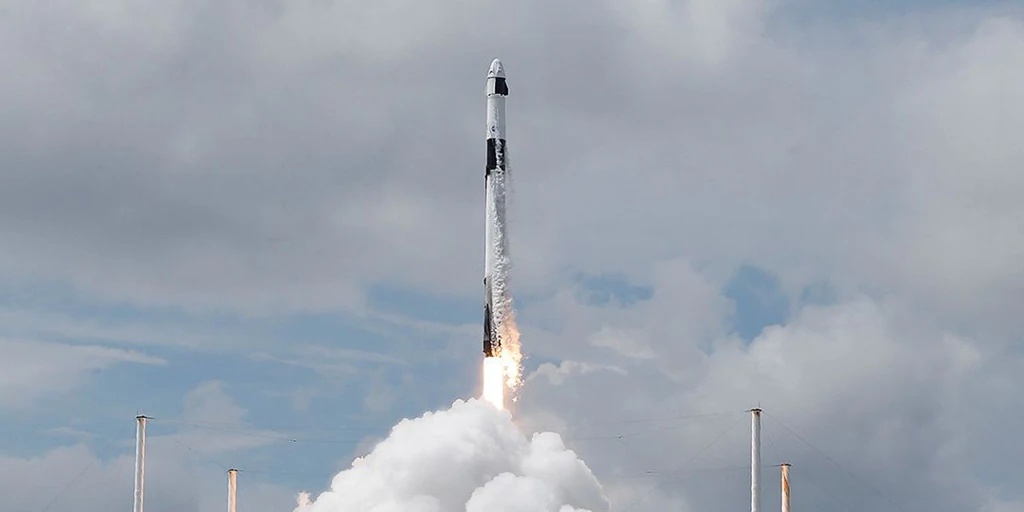Once again, and there are now three in less than three months, the United States Federal Aviation Administration (FAA) has demanded a report on a new failure in a Falcon 9 rocket, created by SpaceX, the Elon Musk’s company. The anomaly was recorded during the launch last weekend of Crew-9, NASA’s manned mission that has become the rescue plan for astronauts trapped in the International Space Station (ISS). ).
Although the Crew Dragon spacecraft carrying NASA astronaut Nick Hague and Russian cosmonaut Aleksandr Gorbunov arrived successfully and without problems at the orbital laboratory, problems arose just after deploying the capsule. The upper stage ignited its thrusters abnormally, which caused this part, which is not reusable but does have limited fall areas, to land in an uncontrolled manner.
As usual, SpaceX has stopped launches while the matter is investigated. As ABC has learned, the mandatory report that explains what happened and that the FAA compulsorily demands is already in very advanced stages and will be delivered at the end of this week, so the stoppage may not last long. At least that’s what they hope from the European Space Agency (ESA), who plans to launch the Hera mission on a Falcon 9 next Monday.
The FAA is aware of an anomaly that occurred during the SpaceX NASA Crew-9 mission that launched from the Cape Caaveral Space Station in Florida on September 28. The incident involved the landing of the Falcon 9 second stage outside the designated danger area. No public injuries or damage to public property have been reported. The FAA is requesting an investigation, agency officials wrote in a statement. statement.
Twice more
The anomaly during the launch of Crew-9 was the third problem reported by a Falcon 9 in less than three months. On July 11, the upper stage of SpaceX’s rocket suffered a liquid oxygen leak that caused the loss of 20 satellites in the Starlink constellation, the company’s project to provide its own internet connection. That incident grounded these pitchers for two weeks.
Then, on August 28, a first stage of the Falcon 9 failed in its landing attempt on the shipping platform where it was planned after a successful launch of another Starlink group. Then SpaceX stopped operating for a few days after the mishap and, although it flew again on August 31, the Polaris Dawn mission that also had to be sent with a Falcon 9 those days was delayed a week.
On this occasion, apart from the launch of ESA’s Hera, SpaceX also has scheduled that same week – specifically on October 10 – the takeoff of Europa Clipper, the NASA mission whose objective is the icy moon of Jupiter, although On this occasion, it is planned that a Falcon Heavy will be used, which is another more powerful model although with the same upper stage as the Falcon 9.

